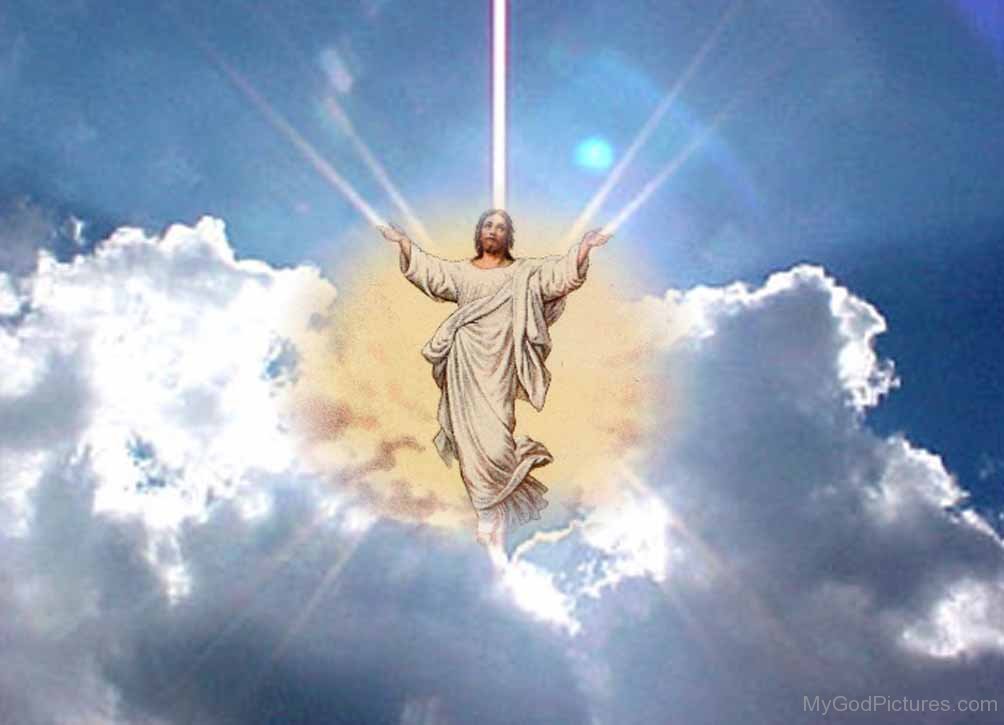The concept of the God of Creation has intrigued believers and scholars alike for millennia. This divine figure, often referred to as God, serves as the focal point of myriad discussions on origins, existence, and faith. To delve into this profound inquiry, one must explore not only the sacred texts but also the theological implications that arise from the narratives contained within. Who is the God of Creation? This question beckons us to venture beyond surface-level understandings, inviting contemplation on the nature of divinity itself.
At the outset, we must recognize that the God of Creation is portrayed as a supremely transcendent and immanent being. In the Judeo-Christian tradition, the opening chapters of Genesis famously encapsulate this depiction. “In the beginning, God created the heavens and the earth” (Genesis 1:1). This text establishes not only the primacy of God as the Creator but also signifies a deliberate act of creation, establishing order from chaos. Here, the role of God is multifaceted; He is not merely a craftsman shaping clay, but rather the architect of reality itself.
Furthermore, the Hebrew word used for God, Elohim, is significant. It is a plural term that hints at the complexity of the divine essence. This plurality is often interpreted through the lens of the Trinity—Father, Son, and Holy Spirit—in Christian theology. This intrinsic complexity raises tantalizing questions about the nature of God. Is He strictly a solitary figure, or does His multi-dimensionality reflect a community of divine persons? This paradox invites further exploration into the relational attributes of God.
As one continues to engage with the scriptural texts, the narrative expands, revealing the intentions behind God’s creative acts. Theologians have posited that the world exists out of God’s love, a point echoed in various passages throughout the Scriptures. In Jeremiah 31:3, it states, “I have loved you with an everlasting love.” This sentiment underscores the notion that creation is not merely an exercise of power but an expression of divine affection. Can we, then, view the universe as the canvas upon which God paints His love? This perspective inspires admiration and compels individuals to reflect on their relationship with the Creator.
The act of creation recorded in Genesis unfolds over six days, culminating in the creation of humanity on the sixth day. This differentiation of man from the rest of creation is particularly poignant. Genesis 1:27 asserts, “So God created mankind in his own image, in the image of God he created them; male and female he created them.” This theological premise posits humanity as bearers of the imago Dei—the image of God—implying that humans possess inherent worth and dignity. This foundational belief has profound implications on ethics, social justice, and human interactions.
However, this privilege of being made in God’s image also brings with it an immense responsibility. The concept of stewardship — the careful and responsible management of God’s creation — emerges from this dichotomy. The challenge posed here lies in humanity’s historical tendency to exploit rather than cherish the created world. How, then, can we reconcile our status as image-bearers with our actions towards creation? This is not merely a theological dilemma but a paradigmatic question that encourages an introspective look at ecological ethics within the Christian faith.
In exploring the God of Creation, one must also consider the implications of sin and the ensuing brokenness that taints the world. The narrative of the Fall, as recounted in Genesis 3, illustrates the catastrophic consequences of humanity’s rebellion against God’s commandments. The perfection of the created order has been marred, leading to spiritual and physical decay. This brokenness elevates the need for redemption, a theme that permeates the entirety of Scripture. The Advent, life, death, and resurrection of Christ signify the ultimate act of restoration orchestrated by the Creator Himself.
Moreover, eschatological visions presented in Revelation offer a glimpse into the future restoration of creation. The promise of a new heaven and a new earth accentuates the enduring hope that permeates Christian eschatology. God’s creation is not destined for abandonment but for rejuvenation and transformation. This prospect invites believers to embody a sense of optimism and engagement with the world, even amidst trials and tribulations.
In summary, the exploration of the God of Creation reveals a rich tapestry of attributes, intentions, and responsibilities woven throughout the Scriptures. From the Genesis proclamation of a divine Creator to the loving stewardship mandated upon humankind, each aspect presents an invitation to deepen one’s faith and understanding of the divine. Are we willing to embrace this multifaceted relationship with our Creator, acknowledging both the privilege and responsibility bestowed upon us? The challenge lies in our responses—how we reflect divine love in our daily lives, our treatment of creation, and our interactions with one another. This inquiry leads back to the playful yet profound question: Who indeed is the God of Creation, if not the embodiment of love intricately woven into the fabric of existence? By examining these facets, we begin to glimpse the enormity and intimacy of the God who invites us into a transformative relationship.



